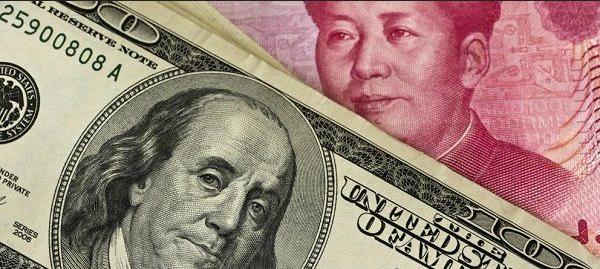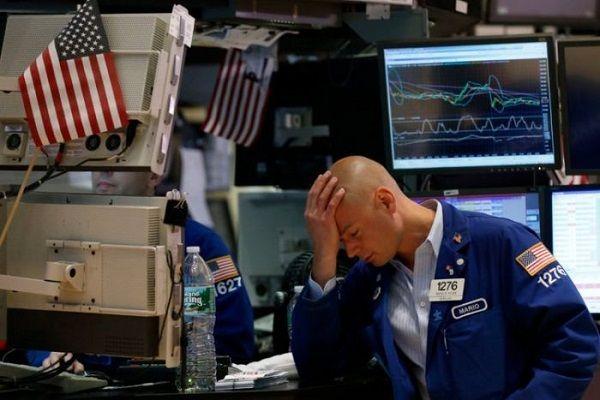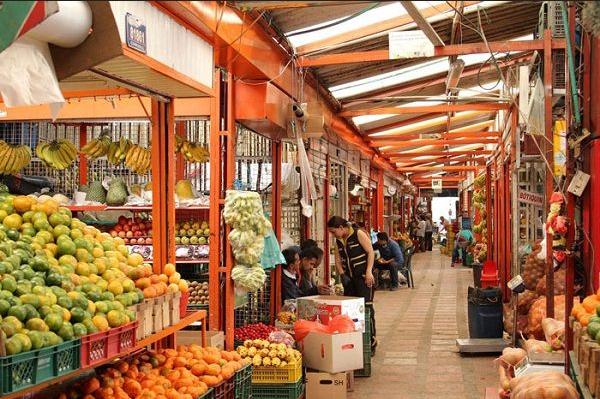The exchange rate, also known as the exchange rate between two currencies, is the rate or value relationship that exists between one and the other. This exchange rate helps us identify how many units of one respective currency are needed to buy the other.
For example, we can say that the exchange rate between the dollar and the Mexican peso is (USD/MXN) 20, this tells us that one dollar is equivalent to twenty Mexican pesos. Likewise, if the rate is calculated inversely (MXN/USD), this would result in a rate of 0.051, which means that 0.051 US dollar units are needed to purchase one Mexican peso.
Exchange rates or the exchange rate arise from the need for countries to trade with each other, countries that have different types of currencies. Thus, if a Mexican company sells in the United States and wants to charge in Mexican pesos, the American importer must buy pesos to pay the Mexican company.
All people who want to buy foreign currencies must go to the foreign exchange market, also known as Foreign Exchange Market – FOREX, or foreign currency market. In this market, the prices of the different international currencies are identified with respect to the national currency. All these prices are exchange rates or exchange rates.
How the exchange rate is determined
Generally the exchange rate is determined by the market through supply and demand. If a nation is producing a high quantity of goods that are in demand in the international market, the logical thing is that the buyers of these goods have to pay in the currency of the exporting nation, so they must buy a higher quantity of this currency increasing its value.
If, for example, many people want to travel to Europe to carry out tourist activities, it is foreseeable that they will have to buy euros in large quantities to make their purchases in those countries, increasing the value of the euro with respect to the national currencies of the countries from which the products come. tourists.
Exchange rate systems
Fixed exchange rate
A country may decide to tie the price of its currency to a foreign currency, for example, in the 1990s one dollar was equal to one Argentine peso, invariably due to market fluctuations. This occurs due to political decisions.
floating exchange rate
Countries decide that their currencies fluctuate in the currency markets freely, according to the supply and demand of their currency in the international currency market. This is what most nations do.
Variations in the exchange rate
The exchange rate can be affected for various reasons, the main factor is the demand for a currency. An exemplary case of this is the US currency, the dollar. When investors perceive that the real economy is stagnating, they tend to buy more dollars because they consider it to be a safe and reliable currency, which causes the value of the dollar to appreciate relative to to the other currencies.
Money supply: When a nation wants to contain inflation in its territory, it generally takes measures such as reducing the money supply, increasing the interest rates on the money issued by the Central Bank , this causes there to be less local currency in the market and the Investors are attracted to buy a currency that becomes scarcer because it offers better interest and greater appreciation. This causes the local currency to appreciate relative to foreign currencies.
Monetary policy and the exchange rate
The Central Bank’s monetary policy can have upward or downward effects depending on the type of tools used. If the central bank lowers interest rates, the currency will depreciate against international currencies, but if interest rates rise the local currency will appreciate.
Consequences of different exchange rates
Low exchange rate
When the local currency is depreciated, it is highly likely that goods brought from abroad will be more expensive. In the same way, exporters will obtain more benefits by receiving their payments in foreign currency that is more appreciated compared to the local currency.
High exchange rate
If the local currency appreciates highly against a reference international currency, goods purchased abroad will be cheaper. This is especially beneficial for people who travel abroad and spend in foreign currency, which is easier to acquire when the local currency is appreciated. Likewise, importers can acquire goods abroad at a cheaper price, but exporters will suffer the consequences of a high exchange rate, since they will receive less foreign currency for their products.
Exchange rate interventions
Central banks tend to intervene in the exchange rate, making purchases or sales of foreign currency or issuing more local currency or restricting its supply, depending on whether the foreign currency is highly appreciated or depreciated. They do this to support their exporting sectors or importers, depending on the circumstances in which they find themselves.
If a country’s exports are stagnant, the central bank can choose to issue more currency or sell the international reserves it has in its possession so that the currency depreciates and makes it easier for exporters to sell their products abroad.
An example of this is currency manipulations. China has historically been accused of manipulating its currency downwards to support its export sector.











